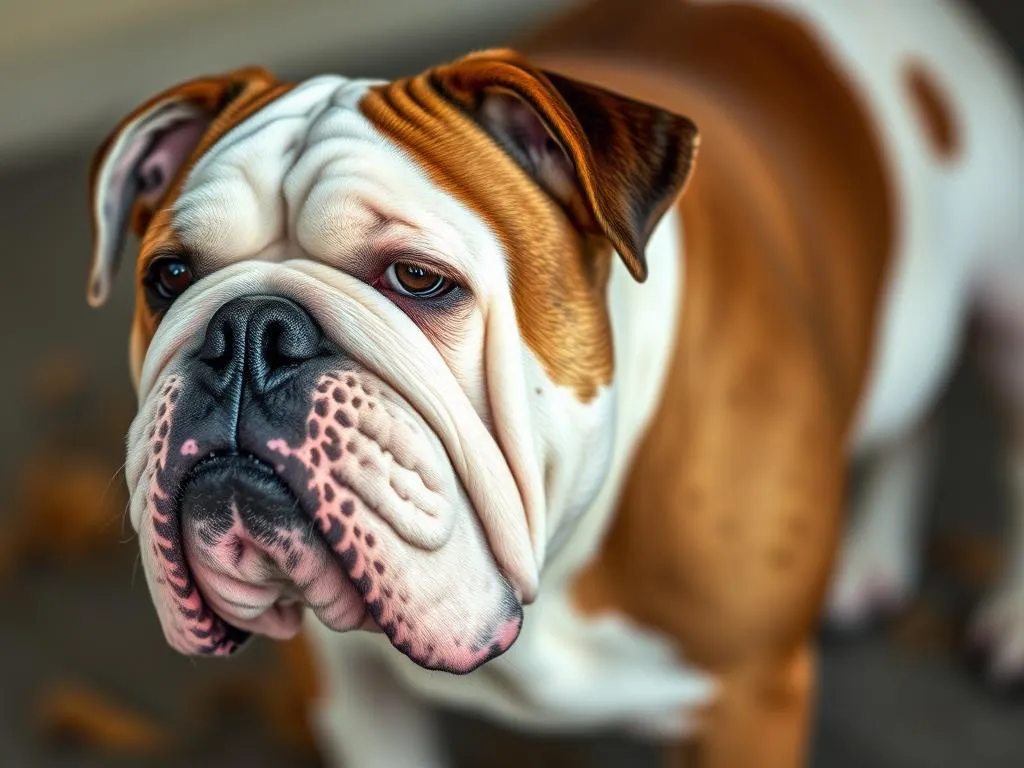
Introduction
Dog breeds play a significant role in our lives, providing companionship, protection, and even assistance in various tasks. Understanding the history and purpose of different breeds helps potential dog owners make informed decisions, ensuring a compatible match for their lifestyle. Among the myriad of dog breeds, bulldogs stand out due to their unique history and multifaceted characteristics. This article will delve into the question: what were bulldogs bred for?
Understanding Dog Breeds
Definition of Dog Breeds
A dog breed is defined as a specific group of domestic dogs with distinct characteristics and traits, typically developed through selective breeding. Breeds are classified into two main categories: purebred and mixed breed. Purebreds have a documented lineage and adhere to specific breed standards, while mixed breeds are the result of crossbreeding between different breeds, often resulting in unique combinations.
The Role of Breeding in Dog Characteristics
Selective breeding has a profound impact on a dog’s physical and behavioral traits. Breeders focus on enhancing specific qualities that align with the intended purpose of the breed. For instance, a breed developed for herding will have different characteristics compared to one bred for companionship. Breed standards, established by various kennel clubs, outline the desired traits for each breed, guiding breeders in their efforts.
The History of Bulldogs
Origins of the Bulldog
The history of bulldogs is rich and varied, tracing back to the ancient times of the British Isles. The term “bulldog” is believed to originate from their early use in bull-baiting, a cruel sport where dogs were set upon a tethered bull. This brutal practice was prevalent during the 13th century, and bulldogs were prized for their tenacity, strength, and courage. Their geographic origins can be linked to England, where they were initially bred for this purpose.
Evolution of the Bulldog Breed
Over time, the bulldog’s appearance and characteristics evolved significantly. As the popularity of bull-baiting waned, breeders began to shift their focus from aggression to temperament and companionship. The bulldog transformed from a fierce warrior to a gentle and loyal pet. Cultural shifts, including changing attitudes towards animal welfare, greatly influenced these breeding practices, leading to the more docile and family-friendly bulldogs we know today.
What Were Bulldogs Bred For?
The Original Purpose of Bulldogs
Bulldogs were originally bred for bull-baiting, a sport that involved dogs attacking a tethered bull. This practice was not just for entertainment; it was believed to make the meat more tender. Bulldogs possessed specific traits, such as a muscular build, powerful jaws, and a fearless temperament, that made them suitable for this brutal task. Their short snouts and broad heads were advantageous in gripping and holding onto the bull, showcasing their strength and determination.
The Transition to Companion Animals
As society began to recognize the cruelty of bull-baiting, the role of bulldogs underwent a significant transformation. In the 19th century, with the ban on bull-baiting, breeders shifted their focus towards creating a breed that was more suitable as a companion animal. This transition marked a pivotal change in their characteristics, leading to a more gentle disposition, affectionate nature, and a knack for forming strong bonds with humans. Today’s bulldogs are far removed from their ancestors, embodying traits that prioritize family companionship over aggression.
Characteristics of Bulldogs
Physical Traits
Bulldogs are easily recognizable due to their distinctive appearance. They have a stocky build, short legs, and a broad, muscular frame. Their short coat comes in various colors, including brindle, white, fawn, and piebald. Despite their sturdy appearance, bulldogs are prone to certain health issues, primarily due to their unique physical structure. Common health concerns include respiratory problems, hip dysplasia, and skin conditions. Potential owners must be aware of these issues when considering bringing a bulldog into their home.
Behavioral Traits
The personality of bulldogs is as notable as their physical traits. Known for their calm and friendly demeanor, bulldogs are generally good-natured and affectionate with families. They are loyal companions, often forming strong bonds with their human family members. However, bulldogs can be somewhat stubborn, requiring consistent and patient training methods. Early socialization is crucial to ensure they grow up to be well-adjusted dogs, comfortable in various environments and around different people.
Popular Bulldog Breeds
English Bulldog
The English Bulldog is perhaps the most well-known variant. With its loose, wrinkled skin and characteristic pushed-in nose, it embodies the classic bulldog look. Historically significant, the English Bulldog has evolved from its aggressive roots to become a beloved companion breed, known for its gentle nature and loyalty.
French Bulldog
The French Bulldog has surged in popularity over the past few decades. Smaller and more compact than its English counterpart, the French Bulldog is characterized by its bat-like ears and playful demeanor. They are excellent companion animals, thriving in urban environments due to their manageable size and relatively low exercise needs.
American Bulldog
The American Bulldog is often larger and more athletic than other bulldog breeds. Originally bred for work, they have retained traits that make them excellent protectors and companions. With a strong physique and a friendly disposition, American Bulldogs are known for their loyalty and intelligence, making them suitable for various roles, including family pets and working dogs.
Other Variants
Several lesser-known bulldog breeds also exist, including the Olde English Bulldogge and the Bullmastiff. Each variant possesses unique traits and characteristics that cater to different preferences and lifestyles, contributing to the rich diversity within the bulldog lineage.
Caring for Bulldogs
Health Considerations
Caring for bulldogs requires an understanding of their specific health needs. Common health issues include brachycephalic airway syndrome, which affects their breathing due to their short snouts. Regular veterinary check-ups are essential to monitor their health and catch any potential issues early. Maintaining a healthy weight is also crucial, as bulldogs can be prone to obesity.
Training and Socialization
Training bulldogs can be a rewarding experience, but it requires patience and consistency. Positive reinforcement techniques work best, as bulldogs respond well to rewards rather than punishment. Early socialization is vital to help them adapt to different environments and build confidence around other dogs and people.
Lifestyle and Exercise Needs
While bulldogs are not overly active, they still require regular exercise to maintain a healthy weight and mental stimulation. Short walks and playtime in a secure yard are ideal. It’s important to adapt their exercise routine to their living environment; bulldogs can thrive in both apartments and houses, provided they receive adequate attention and activity.
Conclusion
The historical significance of bulldogs is deeply intertwined with their original purpose, which was primarily focused on bull-baiting. Over the years, they have transformed into loving companion animals, highlighting the adaptability of dog breeds in response to societal changes. Understanding what bulldogs were bred for provides valuable insight into their unique characteristics and needs. Before adopting a bulldog, potential owners should consider these factors to ensure a harmonious relationship with their new furry friend.
FAQs
What were bulldogs bred for?
Bulldogs were originally bred for bull-baiting, a brutal sport where dogs would attack a tethered bull. This practice was eventually banned, leading to their evolution into companion animals.
Are bulldogs good with children?
Yes, bulldogs are known for their gentle demeanor and are generally good with children, making them suitable family pets.
What health issues are common in bulldogs?
Common health issues include respiratory problems, hip dysplasia, and skin conditions, primarily due to their unique physical structure.
Do bulldogs require a lot of exercise?
While bulldogs do not require excessive exercise, they still need regular walks and playtime to maintain their health and prevent obesity.
How should I train my bulldog?
Using positive reinforcement techniques works best for training bulldogs. Consistent, patient training will help address their sometimes stubborn nature.









